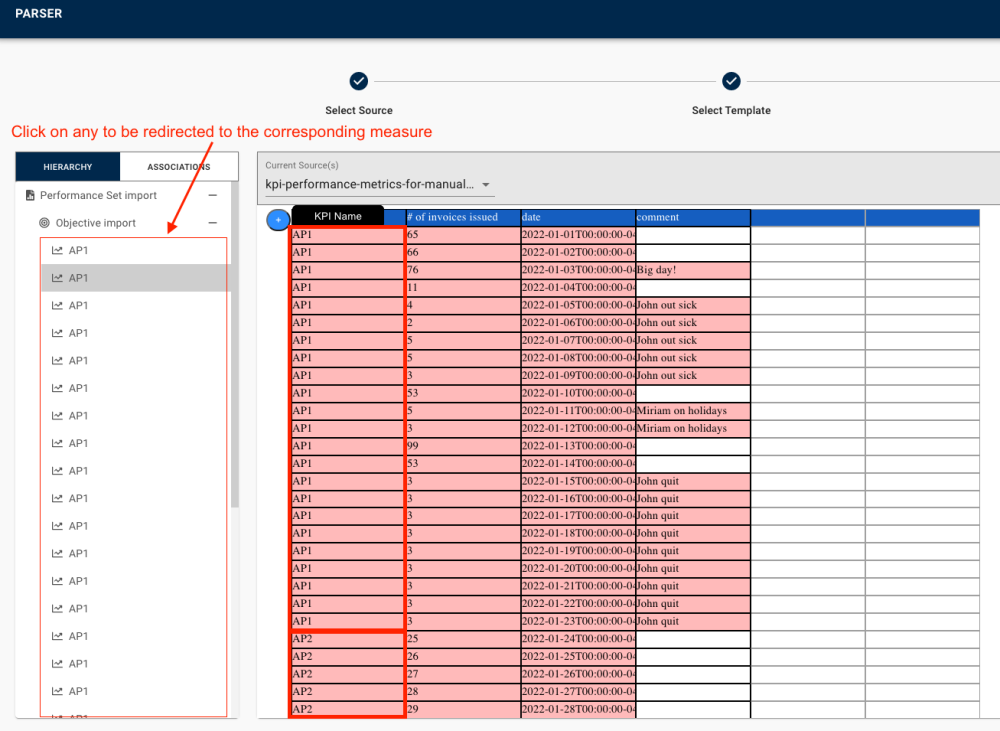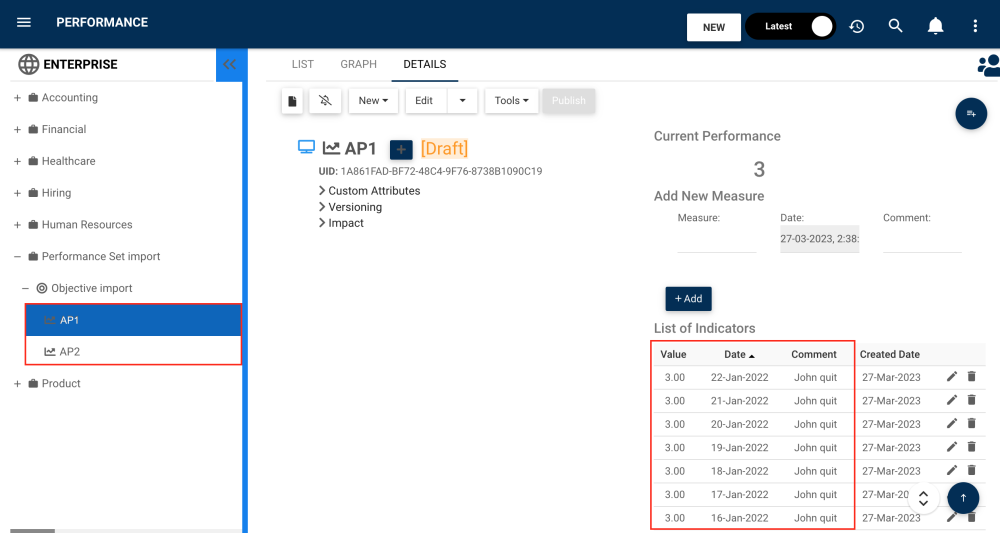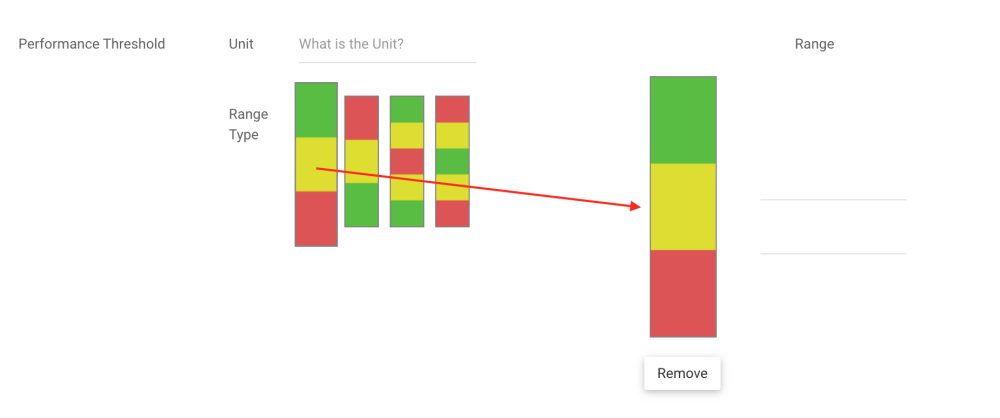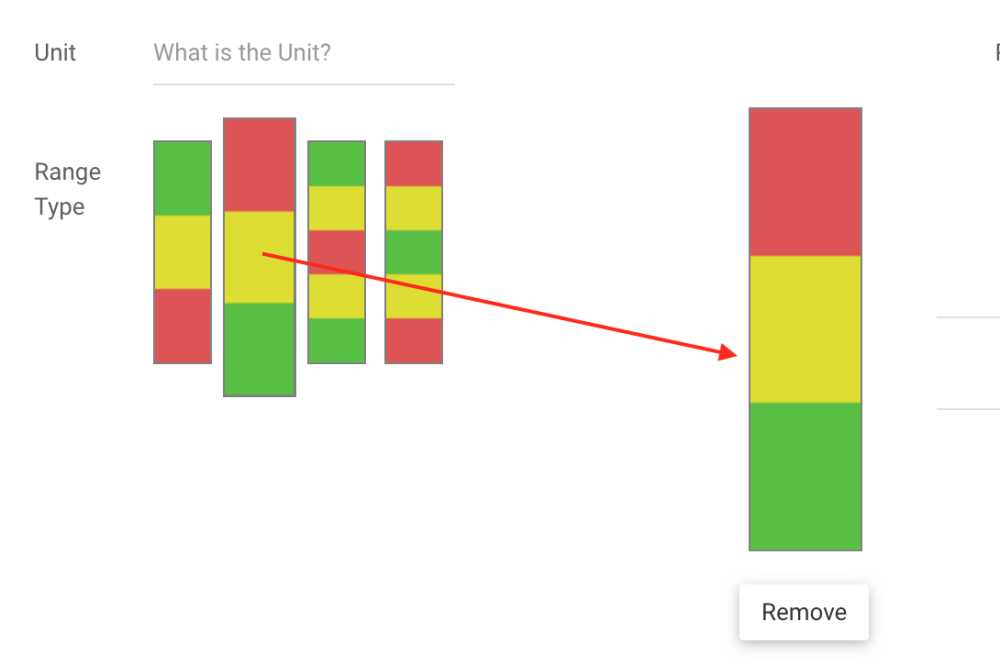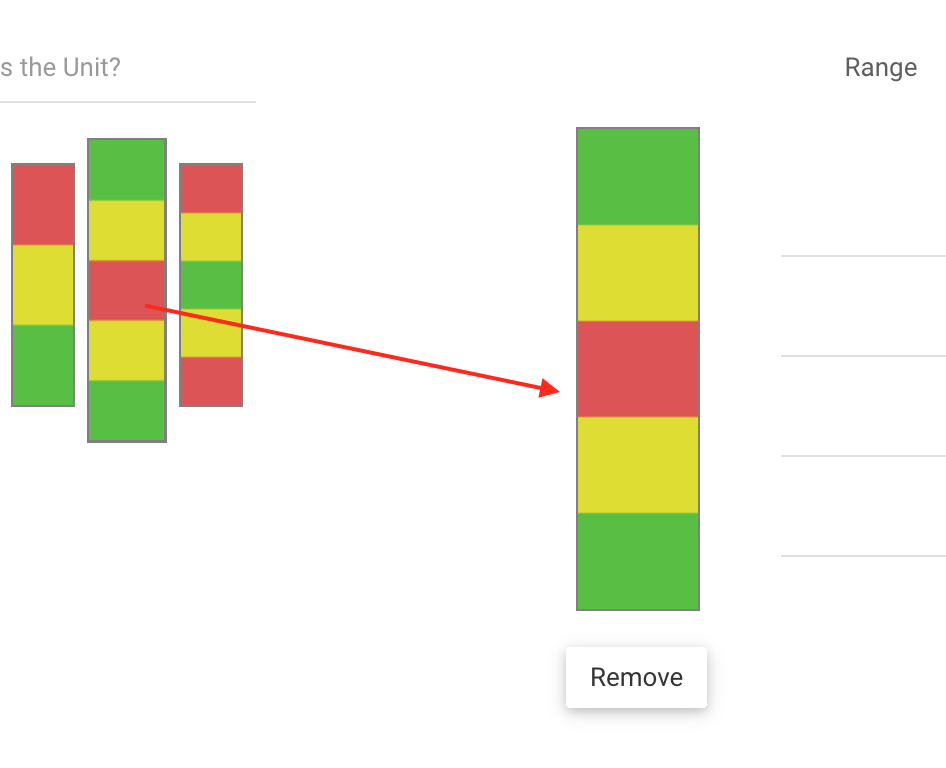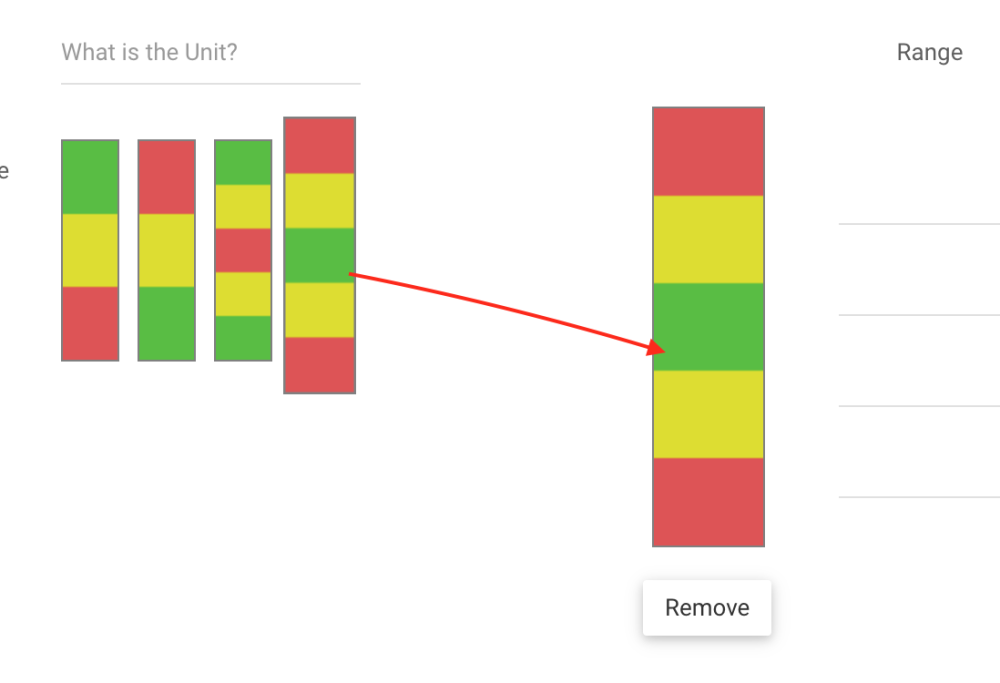Another useful way to use Parser is to import all your performance, control or result indicators with just a few clicks. Importing KPI, KRI & KCI values is different from other objects because the values are not tied to an object’s version as multiple values can be created for a version. At the end of this topic, a sample document is linked.
After tagging the set and the objective name, you can start tagging the respective KPIs. From Parser, it is possible to import all values needed to have your KPIs ready to view for your users, including their names, mesure value, mesurement units, range type, range values and much more additionnal information:
| Performance object(s) | Measure | Expected Values |
|---|---|---|
| KPIs, KRIs & KCIs | Measure value | Number (e.g. 120) |
| Measure date | YYYY-MM-DDT00:00:00-00:00 | |
| Measure comment | Rich text | |
| Unit | Rich text or Number | |
| Range type | gyr, ryg, rygyr or gyryg | |
| Range 1, 2, 3 & 4 | Number |
KPI measures that are tagged with the same name in Parser will be exported together, as part of a single EPC object. To do this, include in your documents the measure name for each of the values, as shown in the image below:
In EPC, After Export:
Measure Value, Date, Comment and Unit
Units are what modelers usually input here, in the performance object edit or new forms (ex: currencies, time, etc):
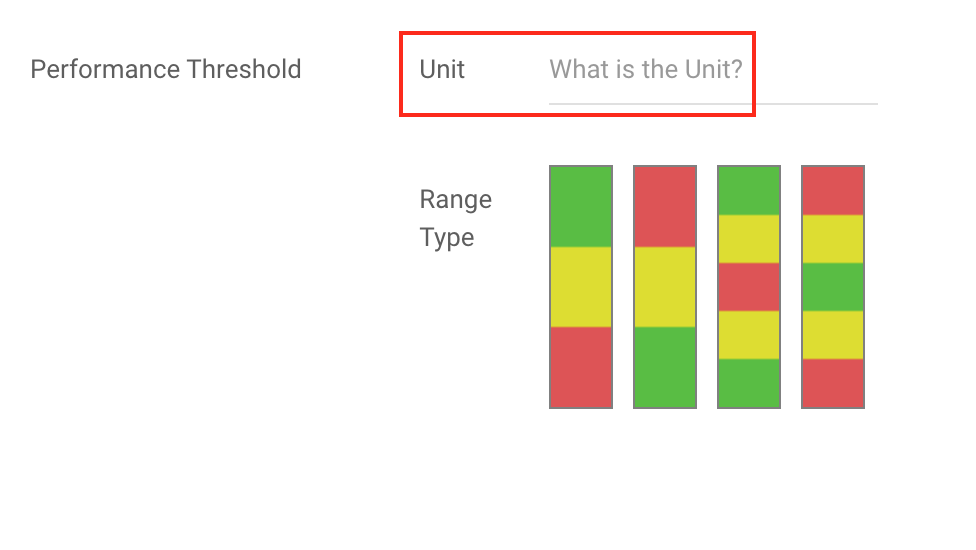
Measure Value is the where organisations can input their current performance measure, with its date and comment, which will appear in the Details page of the performance object.
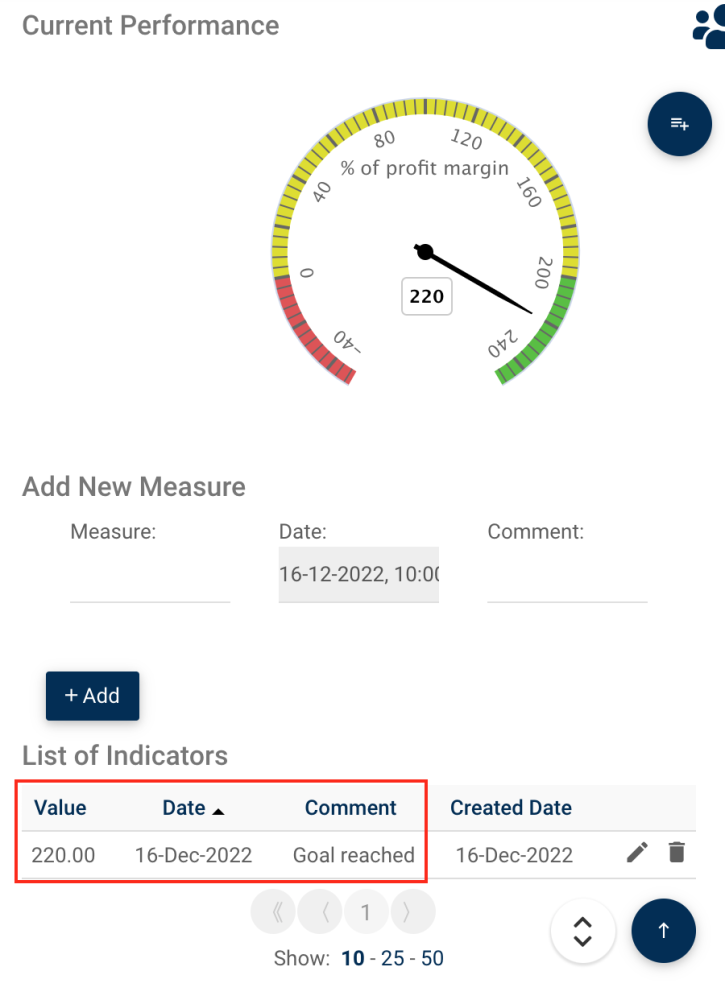
Range Types
When it comes to range types, there are only 4 options that you can write in your document:
ryg = ![]()
gyr = ![]()
gyryg = ![]()
rygyr = ![]()
For more information on the range types from the performance module, please click here.
Range Values
Depending on the range type chosen, there are two ways to enter the values:
1. For the ryg and gyr Range Types, you’ll only need to define 2 values, that you’ll tag Range1 and Range2.
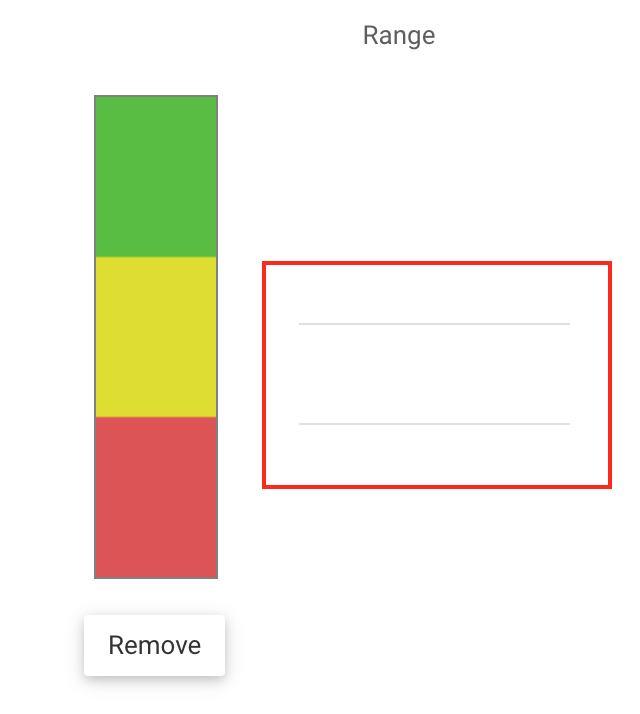
2. For the gyryg and rygyr Range Types, you’ll have to define 4 values, that you’ll tag Range1, Range2, Range3 and Range4.
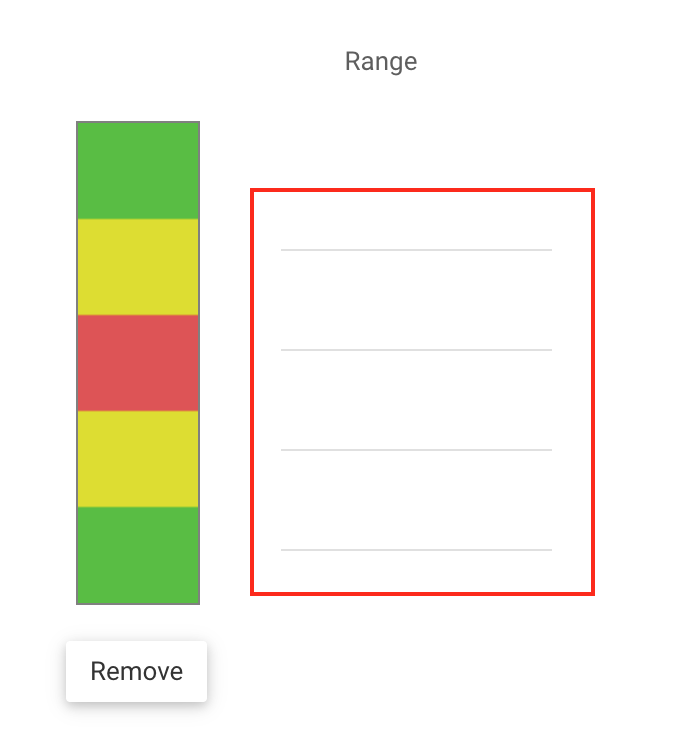
For more information on the range values from the performance module, please click here.
Sample document
For better understanding of how your organisation’s documents should be structured, here is a sample document (note, this document is a very short and simple version of a real business document, it should only be viewed as an example).
Haben Sie noch weitere Fragen?
Visit the Support Portal




